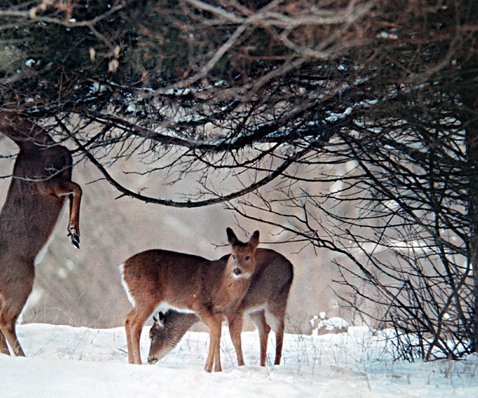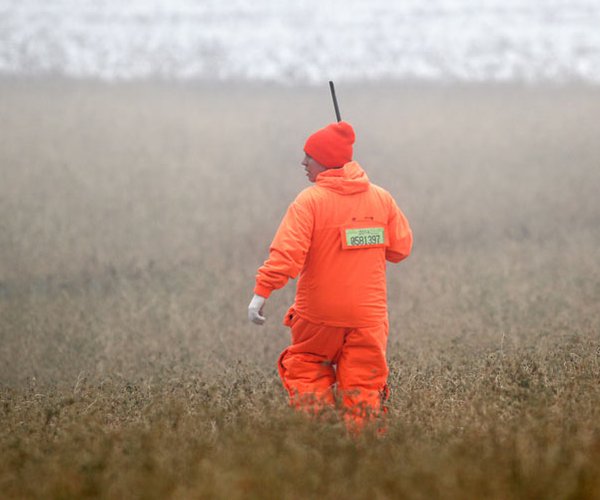MADISON — The Wisconsin Department of Natural Resources (DNR) recently presented the primary results of the Southwest Wisconsin Chronic Wasting Disease (CWD), Deer and Predator Study to the Natural Resources Board (NRB). A recording of the NRB meeting, including this presentation, is available on the DNR’s YouTube channel.
The purpose of this study was to determine how CWD impacts deer populations. This involved estimating deer survival rates and how they were influenced by CWD.
Fieldwork for this project took place in northern Iowa, Dane and Grant counties. This area was selected for study as it is the region where CWD was first detected in Wisconsin in 2002 and has maintained a high CWD prevalence in the years since.
As part of this study, over 1,200 animals (adult deer, fawns, coyotes and bobcats) were captured, 766 GPS collars were deployed on adult deer and 323 radio tracking collars were placed on deer fawns.
Results
Scientists analyzed data from the sample of collared adult white-tailed deer in order to estimate the differences in annual survival (the probability of surviving from one year to the next) between CWD-infected and uninfected deer.
These figures indicate that CWD is substantially reducing the annual survival probability of both male and female white-tailed deer. Reduced female survival lowers the growth rate of the population, and when sufficiently suppressed, may result in population decline.
Specifically, results from this study indicate that when the CWD prevalence rates of females surpasses about 29%, deer populations are expected to begin declining.
Implications
The key takeaways from these results are:
● CWD substantially reduces deer survival rates and suppresses population growth.
● Where CWD prevalence is high, deer populations are likely declining.
● CWD will eventually impact deer populations elsewhere if it continues to spread and increase in prevalence.
If CWD continues to spread and its prevalence continues to increase, populations will likely face further declines. The exact degree of these declines, however, will depend on local harvest and recruitment rates. It is important to note here that researchers do not expect CWD-affected deer herds to become extirpated (completely eliminated in a given area), as deer populations have a strong ability to increase reproduction when deer abundance is lower, due to less competition for food, space and other resources.
The public can learn more about these results by visiting the study’s results webpage.
Looking Forward
It should be noted that the results presented here are the primary findings of the Southwest Wisconsin CWD Deer And Predator Study. Although the scope of this study provides us with a rich dataset from which we can continue to learn about our deer herd and CWD’s impact, there are sure to be more results to come as analysis continues. Additional findings will continue to be released to the public as completed.
To stay informed about these announcements and results from additional analyses on topics like movement, habitat use and predator survival rates, subscribe to the Field Notes Newsletter.
Annual Survival Probability
Uninfected
■ Females: 83%
■ Males: 69%
Infected
■ Females: 41%
■ Males: 17%





